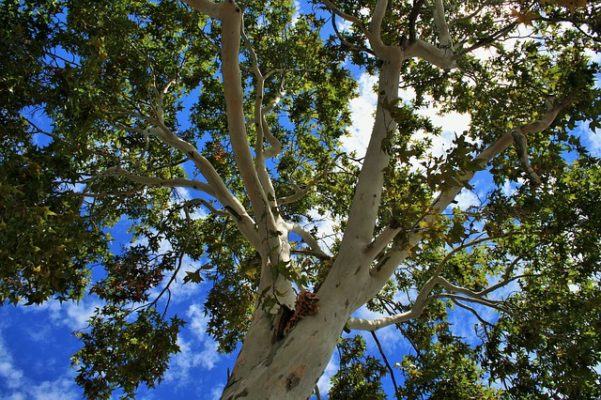


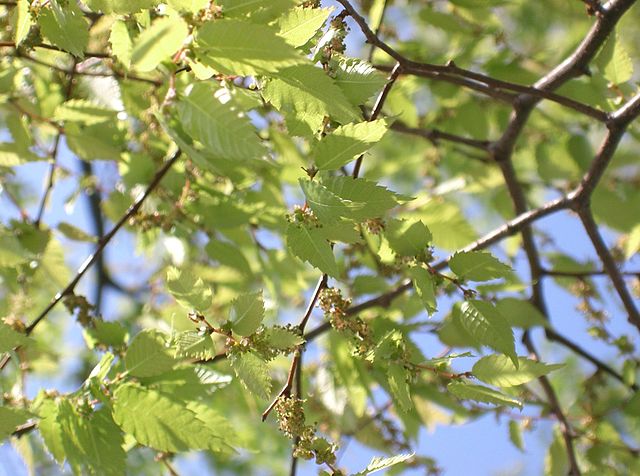

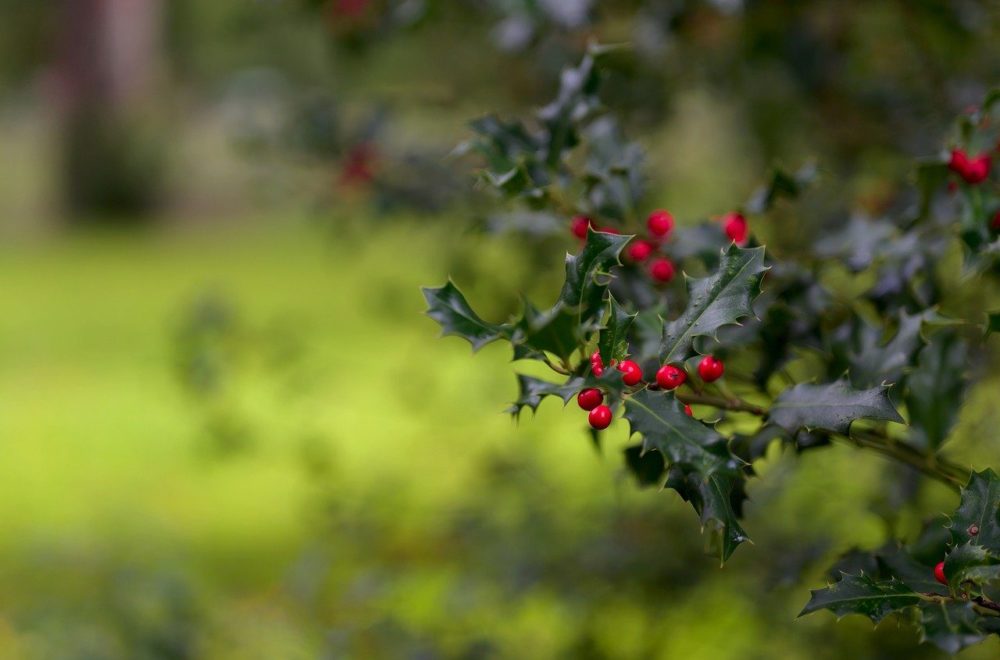
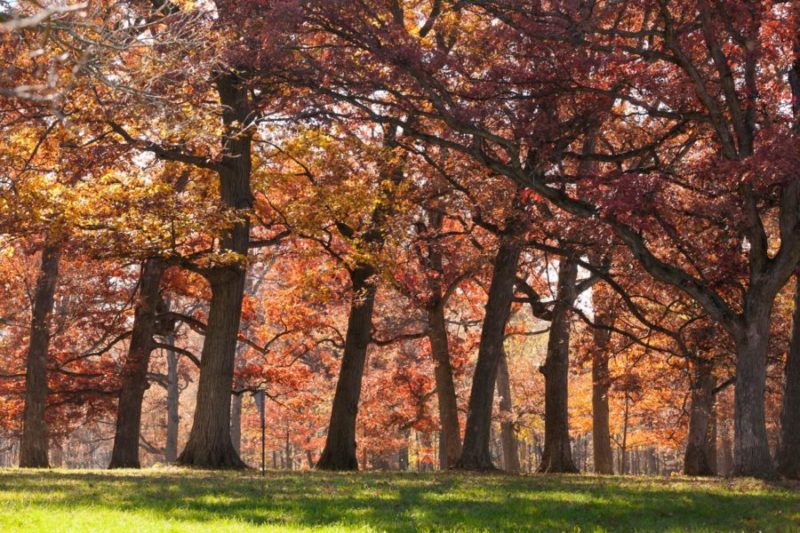
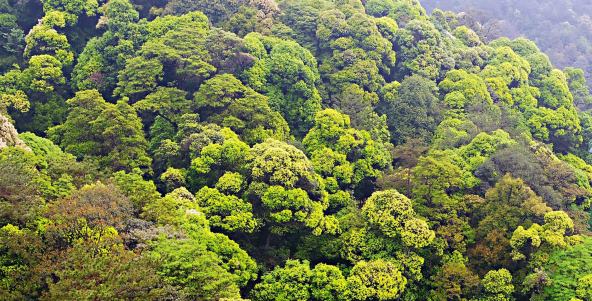
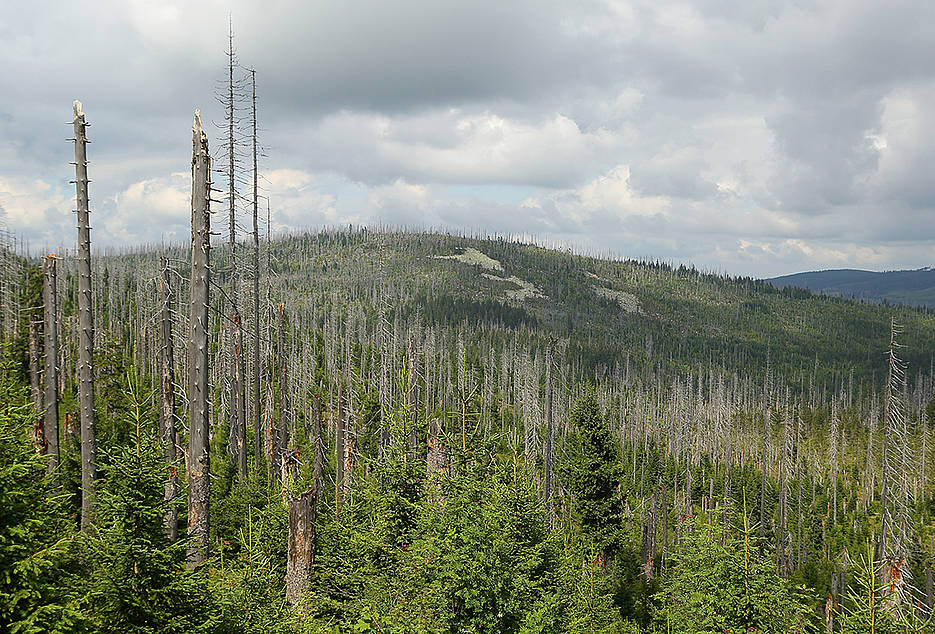


More than half of the carbon sink in the world’s forests is in areas where the trees are relatively young – under 140 years old – rather than in tropical rainforests, research at the University of Birmingham shows.
These trees have typically ‘regrown’ on land previously used for agriculture, or cleared by fire or harvest and it is their young age that is one of the main drivers of this carbon uptake.
Forests are widely recognised as important carbon sinks – ecosystems capable of capturing and storing large amounts of carbon dioxide – but dense tropical forests, close to the equator have been assumed to be working the hardest to soak up these gases.
Researchers at the Birmingham Institute of Forest Research (BIFoR) have carried out fresh analysis of the global biosphere using a new combination of data and computer modelling in a new study published in the Proceedings of the National Academy of Sciences of the United States of America (PNAS). Drawing on data sets of forest age, they were able to show the amount of carbon uptake between 2001 and 2010 by old, established areas of forest.
They compared this with younger expanses of forest which are re-growing across areas that have formerly experienced human activities such as agriculture or logging or natural disturbances such as fire.
Previously it had been thought that the carbon uptake by forests was overwhelmingly due to fertilisation of tree growth by increasing levels of carbon dioxide in the atmosphere.
However, the researchers found that areas where forests were re-growing sucked up large amounts of carbon not only due to these fertilisation effects, but also as a result of their younger age. The age effect accounted for around 25 per cent of the total carbon dioxide absorbed by forests. Furthermore, this age-driven carbon uptake was primarily situated not in the tropics, but in the middle and high latitude forests.
These forests include, for example, areas of land in America’s eastern states, where settlers established farmlands but then abandoned them to move west towards the end of the 19th century. The abandoned land became part of the US National Forest, along with further tracts abandoned during the Great Depression in the 1930s.
Other significant areas of forest re-growth include boreal forests of Canada, Russia and Europe, which have experienced substantial harvest activity and forest fires. Largescale reforestation programmes in China are also making a major contribution to this carbon sink.
Dr Tom Pugh, of the Birmingham Institute of Forest Research (BIFoR), explained: “It’s important to get a clear sense of where and why this carbon uptake is happening, because this helps us to make targeted and informed decisions about forest management.”
The research highlights the importance of forests in the world’s temperate zone for climate change mitigation, but also shows more clearly how much carbon these re-growing forests can be expected to take up in the future. This is particularly important because of the transient nature of re-growth forest: once the current pulse of forest re-growth works its way through the system this important part of the carbon sink will disappear, unless further reforestation occurs.
“The amount of CO2 that can be taken up by forests is a finite amount: ultimately reforestation programmes will only be effective if we simultaneously work to reduce our emissions,” explains Dr Pugh.
Read the paper: PNAS
Article source:University of Birmingham
Image credit: CCO Public domain